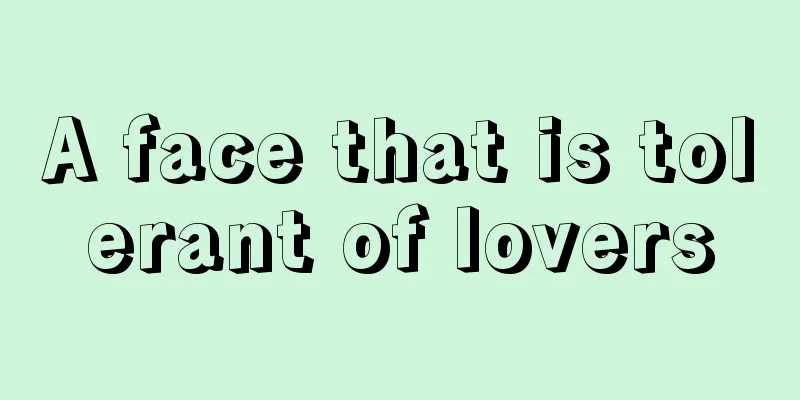Hong Kong Securities and Futures Commission head: Blockchain can prevent money laundering and reduce fraud risks

|
The recent popularity of blockchain has also attracted the interest of regulators. According to Benedicte Nolens, head of the Hong Kong Securities and Futures Commission (SFC), blockchain can help financial institutions solve the problem of money laundering. The inherent characteristics of blockchain technology make it a powerful solution to combat money laundering. Not only is blockchain transparent, it can also prevent duplication of transaction data and reduce the risk of fraud. Nolens said that blockchain technology is used in anti-money laundering and KYC supervision. She explained:
The big question then becomes how blockchain can be used to prevent money laundering. Using the technology to comply with KYC and AML could potentially reduce the number of errors through automation. In addition, records of all checks performed on each individual customer could be stored on a distributed ledger. (Photo: Benedicte Nolens) Using distributed ledgers to end money launderingWhether financial institutions will suddenly embrace blockchain technology remains to be seen. Currently in Hong Kong, there are no specific regulatory guidelines on this technology, which makes financial market participants cautious about this technology. Nolens said banks should ensure that any application of the technology complies with legal regulations. In addition, it takes time to apply blockchain technology to the banking system. Therefore, it is likely to take several years for blockchain to be widely adopted. Open blockchain is necessary Furthermore, private blockchain solutions are not feasible, nor are similar permissioned solutions. This leaves institutions with two current blockchain solutions to choose from: Bitcoin or Ethereum. However, bankers do not welcome both cryptocurrencies because they cannot exert control over them. They cannot control an open blockchain, but they can build new applications and services on one of them. Using distributed ledgers to address money laundering will require an open solution with additional privacy-centric features. What do you think about using blockchain as a tool to combat money laundering? |
<<: North Carolina Senate pushes for blockchain legalization, IBM shows support
>>: Private chains vs public chains: Can the two coexist?
Recommend
How to tell health from the crescent on your nails
What does the crescent on the nails represent? Ca...
Palmistry Analysis: What will happen if the love line between a man and a woman is broken?
1. Cut off the line between the ring finger and t...
What kind of man is both rich and noble?
Men's facial features: what kind of man is bo...
Where a woman has a mole indicates she will be rich
Everyone's pursuit of life is different, some...
Securities Daily: Senior officials of the central bank "define" Bitcoin. The "roots" of digital currency and digital assets are in serving entities
On the evening of April 18, the first live broadc...
What does the "川" pattern on the palm mean?
The "川" pattern on palmistry, as the na...
Is a straight eyebrow good in physiognomy? Is a straight eyebrow good in physiognomy?
What does a person with straight eyebrows look li...
How to read the face of the eyebrow
Lying silkworm eyebrows refer to eyebrows that ar...
Happy marriage lines in palmistry
Happy marriage lines in palmistry The marriage li...
INNOSILICON T3+Pro 67T energy efficiency optimization notice
Dear INNOSILICON users: The Innominator T3+ is kn...
2021 Global Cryptocurrency Adoption Index: Transformation between Large and Emerging Economies
2021 is an extraordinary year for the cryptocurre...
Three executives of GXB were sentenced for opening a casino. Opening a casino is a high-risk crime in the cryptocurrency circle.
Wu said blockchain learned that according to the ...
How many marriage lines are good in palmistry?
The marriage line has always been a hint of a per...
Complexion, body shape and skeleton physiognomy
What are the ancients’ methods of observing compl...
Why is NFT so quiet now? Is there still hope for the future?
According to the Q1 2023 summary released by OKX ...









